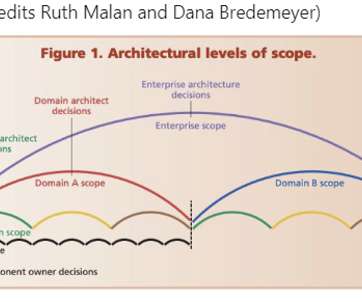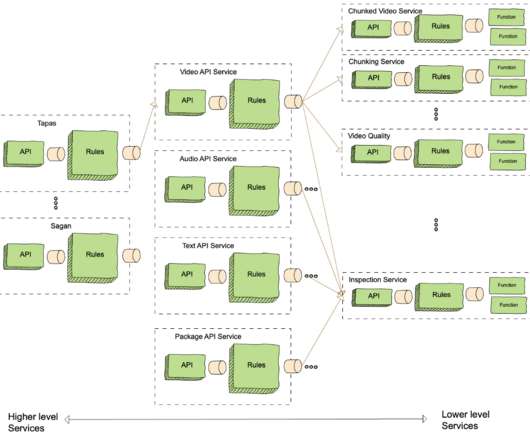Thoughts on organizing architecture
Xebia
AUGUST 3, 2021
Should the team not be able to make all of these architectural decisions by themselves? Organizing architecture guided by two perspectives. First-of-all, architectural scopes are not to be seen as static elements. The scope of a team often concerns a limited number of components, microservice or other functionalities.















Let's personalize your content